In recent years, waist trainers have gained immense popularity—thanks to celebrities like Kim Kardashian and social media influencers flaunting hourglass figures. These tightly fitted corset-like garments promise to sculpt your waistline, enhance curves, and create an instantly slimmer appearance. While some people use waist trainers for posture support or temporary shaping under clothing, many are turning to them as a tool for long-term body modification.
But there’s a growing concern: many users opt for a waist trainer that is too small, hoping to see faster results. This desire for a "quick fix" often backfires, leading not just to discomfort, but serious health consequences.
So, what really happens if your waist trainer is too tight? Let’s explore the signs, risks, and how to waist train safely.
Signs Your Waist Trainer Is Too Small
Wearing a waist trainer should provide a snug but comfortable fit—not feel like you’re being squeezed by a vice. Here are some common signs that your waist trainer may be too small:
- You struggle to breathe or can’t take deep breaths.
- Your torso feels severely restricted, and it’s difficult to bend, sit, or move naturally.
- You experience sharp pinching, burning, or pressure, especially after a few minutes of wear.
- You develop deep red marks, bruising, swelling, or even numbness on your skin.
- You feel dizzy or lightheaded after putting it on.
If any of these sound familiar, it’s your body’s way of saying something is wrong. Ignoring these signs can lead to long-term harm.
Health Risks of Wearing a Waist Trainer That’s Too Small
Let’s break down the potential risks in more detail. Wearing a waist trainer that’s too tight doesn’t just feel bad—it can harm your body in multiple systems.
Respiratory Problems
A waist trainer that compresses your torso too tightly can limit the diaphragm’s movement. This makes it hard for your lungs to expand fully, especially during physical activity or even just walking. Breathing becomes shallow, and over time, this can result in oxygen deprivation, dizziness, fatigue, or even fainting.
Digestive Disruption
Your stomach, intestines, and other digestive organs rely on space and flexibility to function properly. A waist trainer that’s too small can compress these organs, leading to:
- Acid reflux or heartburn (due to stomach acid being pushed upward)
- Slower digestion and bloating
- Discomfort or pain after meals
In extreme cases, chronic pressure may even alter the natural position of your organs—something that could require medical intervention.
Organ Compression and Displacement
One of the more alarming consequences of wearing a waist trainer that’s too small is organ displacement. When your midsection is cinched too tightly, your liver, kidneys, intestines, and even reproductive organs can be forced out of their natural positions.
This compression can interfere with normal organ function and may cause long-term health issues like urinary problems, constipation, and increased susceptibility to infections.
Poor Circulation
Excessive tightness can hinder blood flow, especially to the lower abdomen and limbs. This can cause:
- Tingling, numbness, or coldness in the legs
- Increased risk of blood clots or varicose veins
- Slow recovery or healing due to impaired circulation
Musculoskeletal Damage
A waist trainer gives the illusion of improved posture, but prolonged reliance can have the opposite effect:
- Core muscles weaken, as the trainer does the stabilizing work your body should naturally do
- You may develop lower back pain, as the lumbar spine is not properly supported
- Your natural spine curvature can be altered, especially with long-term wear
Mental and Emotional Impact
The damage isn’t just physical. Waist training, especially with unrealistic expectations, can have serious psychological side effects:
- You may start to believe that your natural body shape is not "good enough"
- Constant reliance on waist trainers can lower self-esteem
- It can reinforce body dysmorphia, leading to obsessive or unhealthy behaviors
You may begin to feel like you need it to look good, creating a cycle of dependence rather than self-confidence.
How to Choose the Right Waist Trainer Size
Before even thinking about how many hours to wear a waist trainer, you need to make sure you’re wearing the correct size. Here's how to get it right:
Measure Your Natural Waist
Use a soft tape measure and find the narrowest part of your waist—usually about 1 inch above your belly button. Don’t suck in your stomach. Breathe normally for an accurate result.
Refer to the Brand’s Sizing Chart
Every waist trainer brand can vary in sizing. Always check the specific chart and don’t guess based on your clothing size.
Don't Size Down to “Speed Up” Results
Many people think sizing down will bring quicker results, but in reality, it leads to pain, damage, and wasted money. Always go with your actual size—you can size down later if needed and if your body changes naturally.
Check for Adjustable Options
Many high-quality waist trainers come with adjustable hooks or Velcro. This lets you tighten the trainer over time without starting off too small.
When in Doubt, Go Slightly Larger
A slightly larger waist trainer is far safer than one that’s too tight. You can always wear it longer or layer with shaping garments if needed.
How to Waist Train Safely
If you’re still interested in waist training, it’s not all doom and gloom—when done properly and in moderation, it can be part of your fitness or fashion routine. Here's how:
- Start with short sessions—1 to 2 hours per day at most
- Gradually increase wear time, never exceeding 6 hours per day
- Avoid sleeping or exercising in a waist trainer
- Combine with a healthy lifestyle, including core workouts and balanced eating
- Listen to your body—pain, dizziness, or discomfort means stop immediately
Conclusion
Waist trainers may offer temporary shaping benefits, but using one that’s too small comes with serious risks—from breathing difficulties and organ compression to psychological dependency.
The best “waist training” comes from within—building strength, confidence, and self-love the healthy way.
If you choose to wear one, do so responsibly, and don’t trade short-term results for long-term health. Your body deserves comfort, respect, and care—not a painful squeeze into someone else's beauty standard.


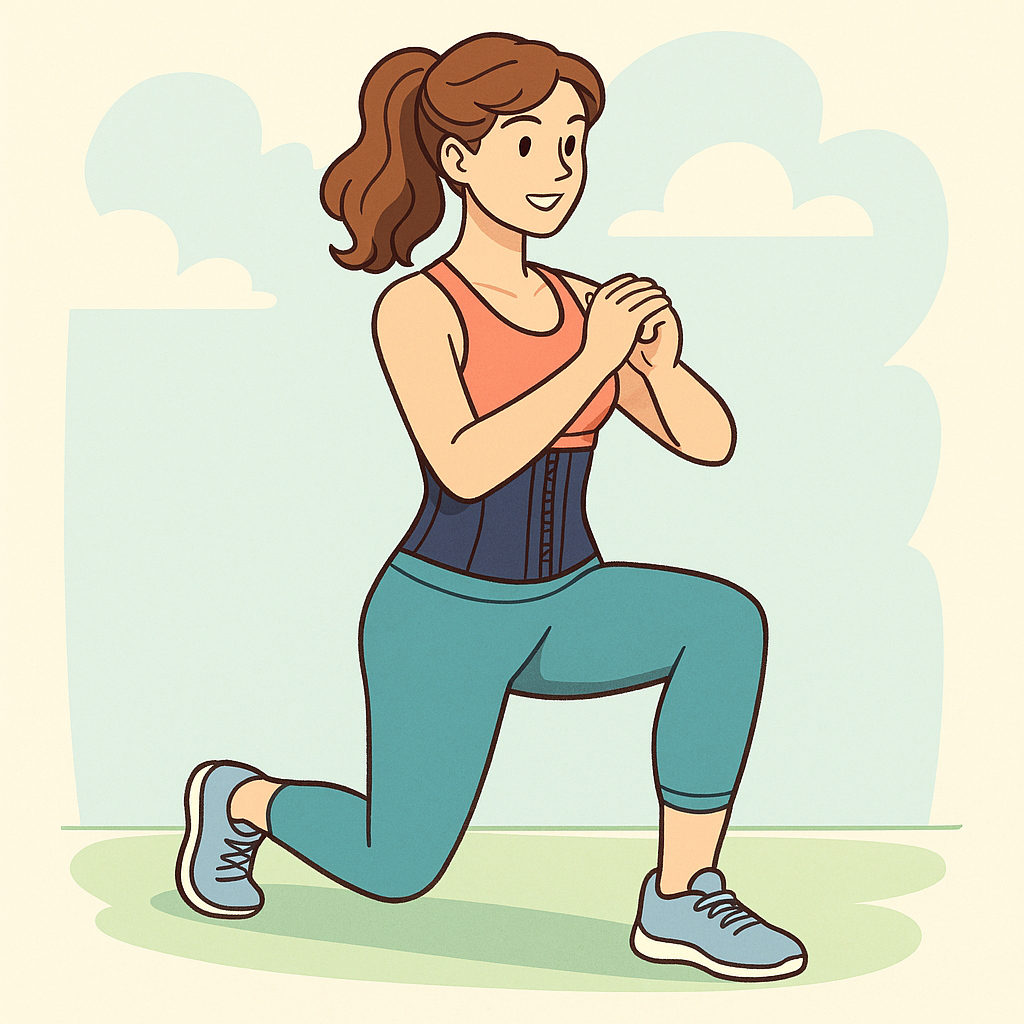
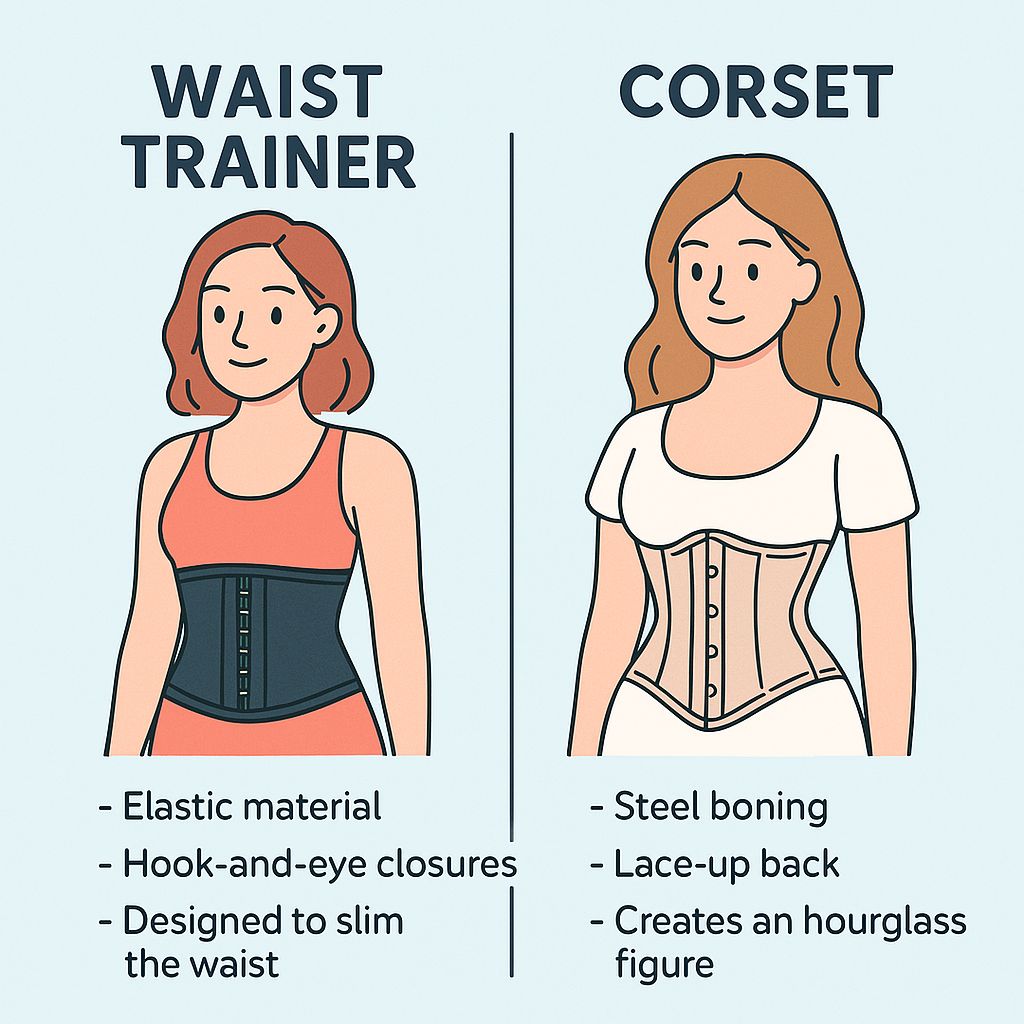
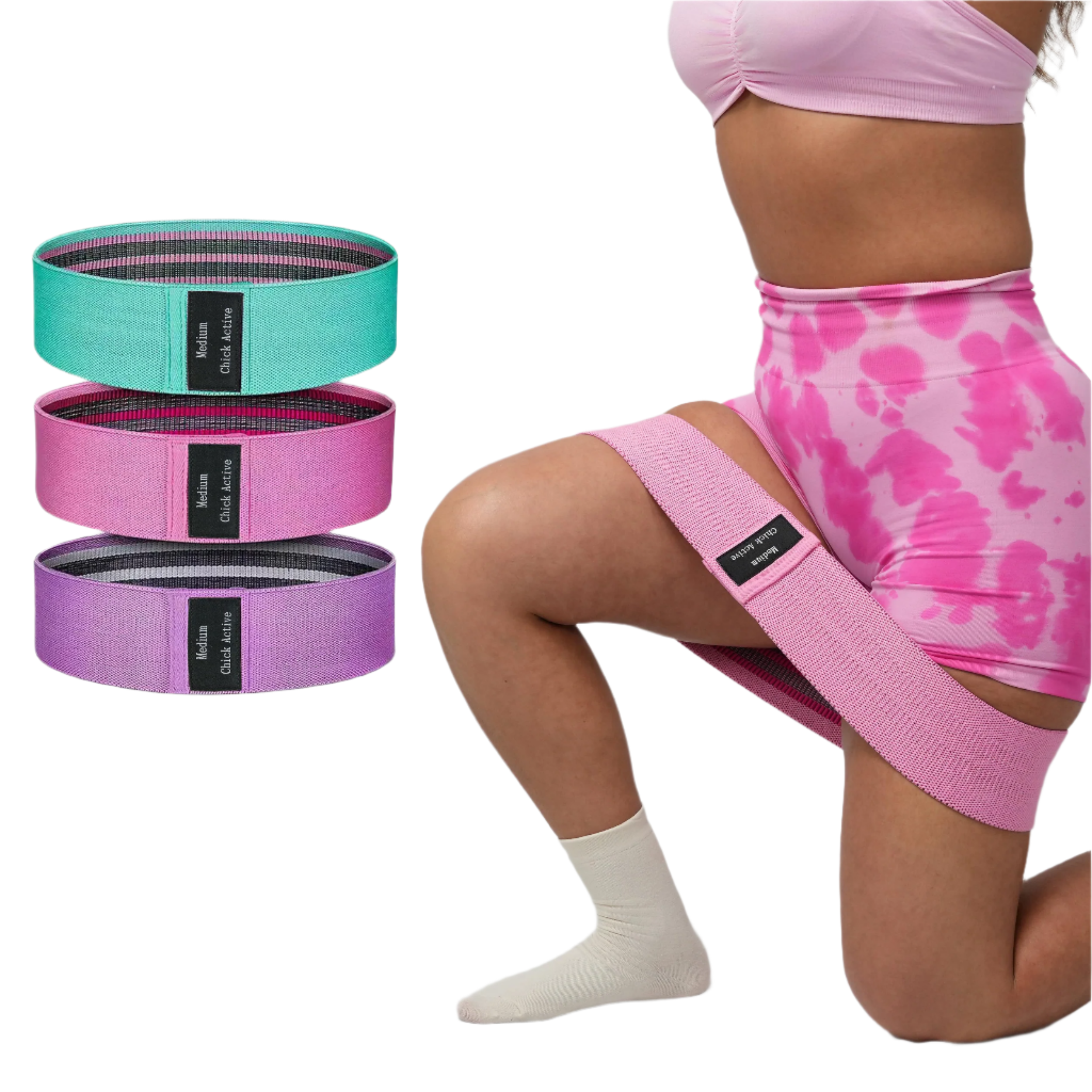
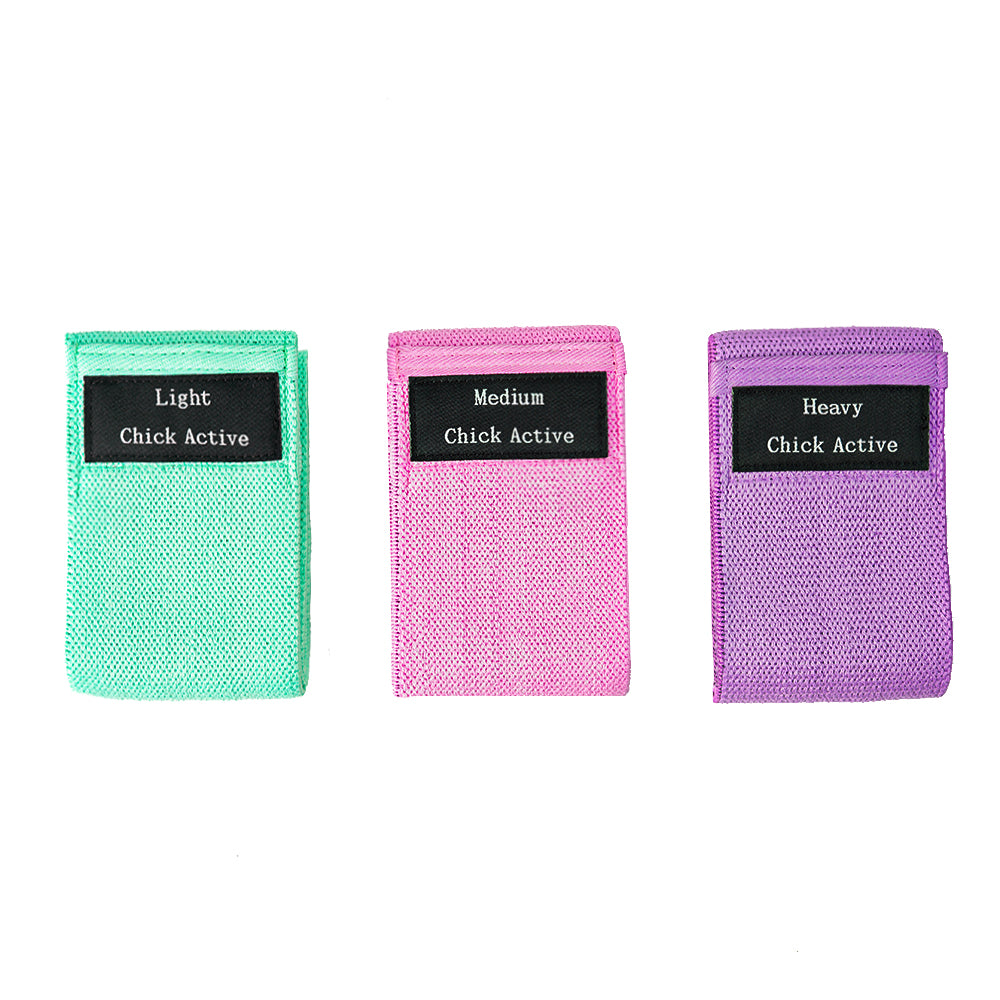
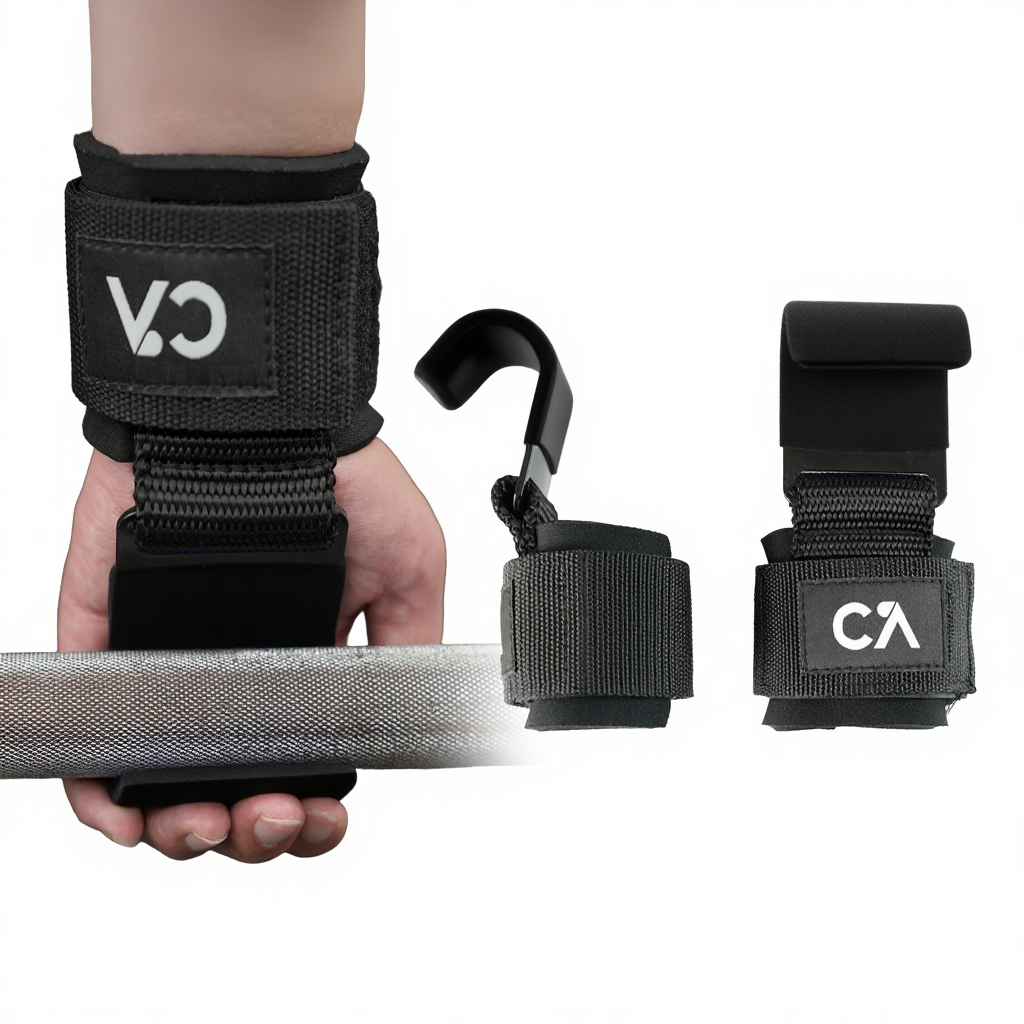
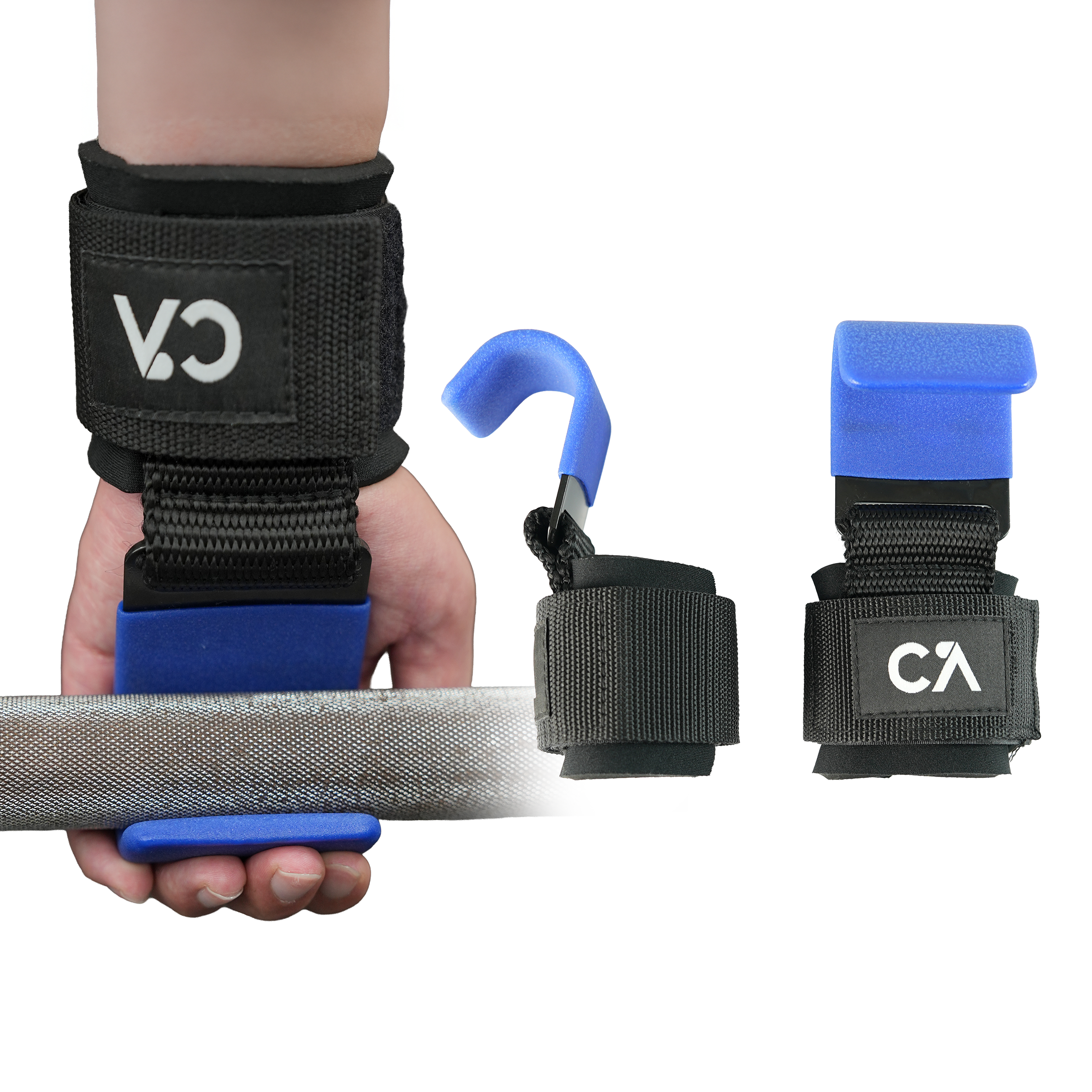
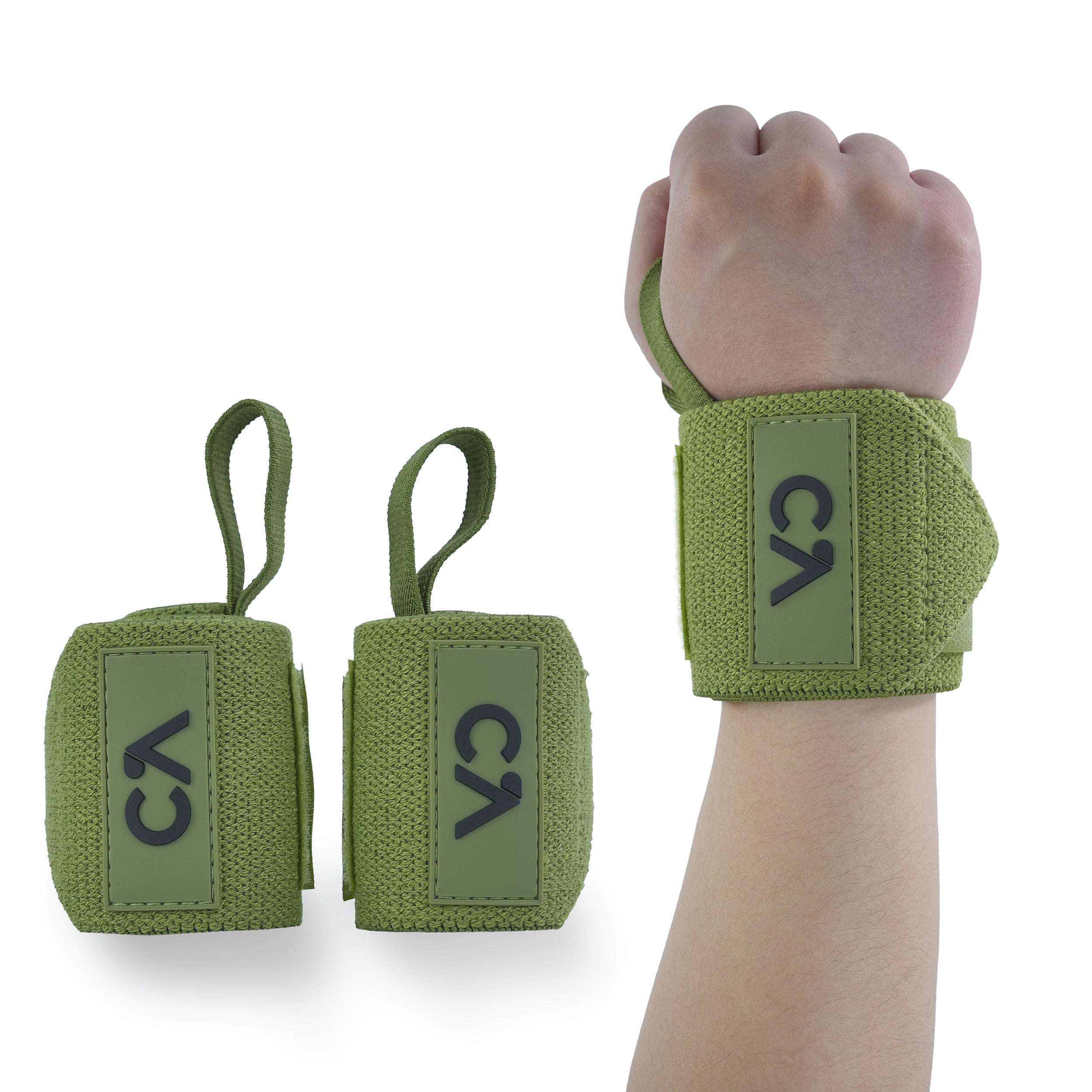
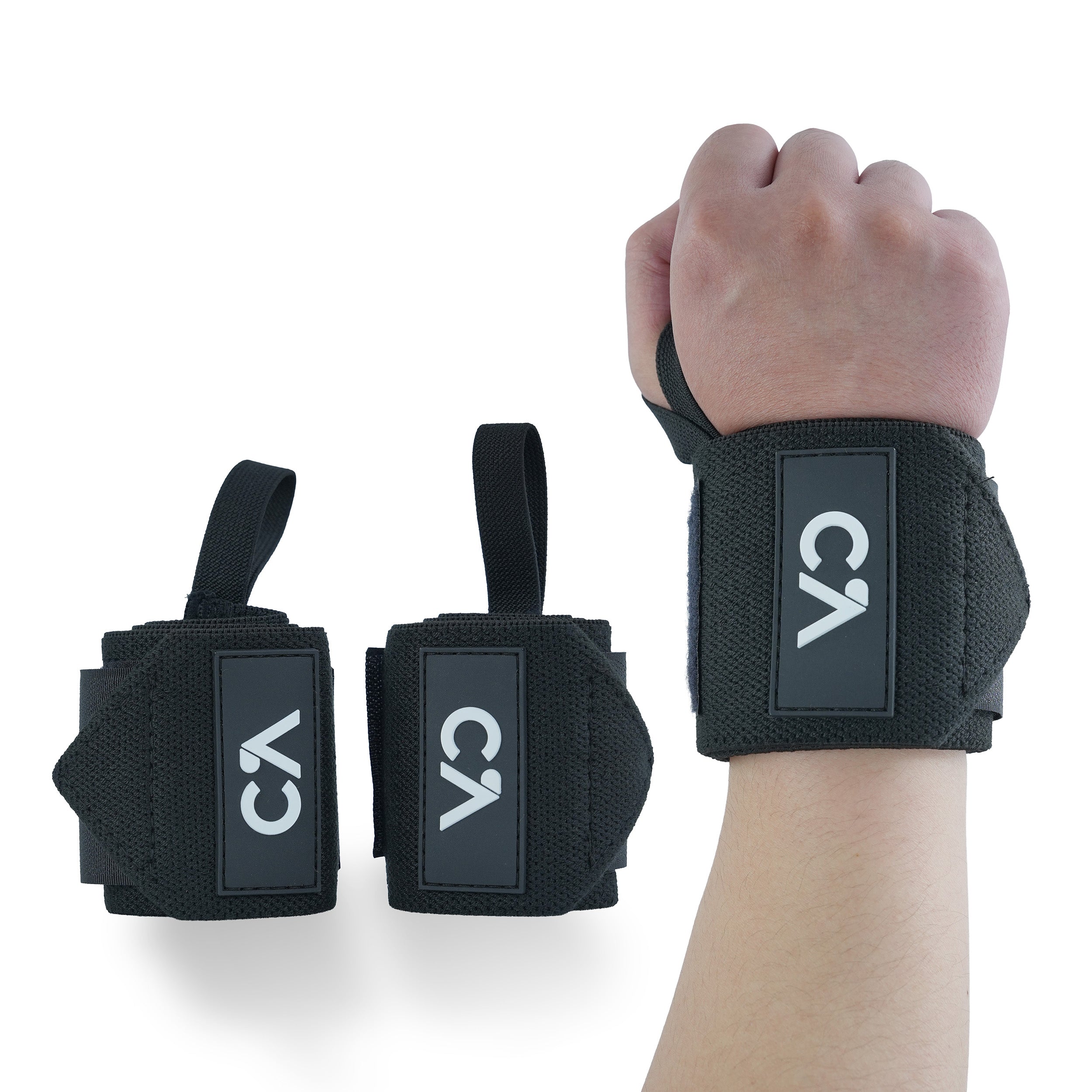
Leave a comment
All comments are moderated before being published.
This site is protected by hCaptcha and the hCaptcha Privacy Policy and Terms of Service apply.